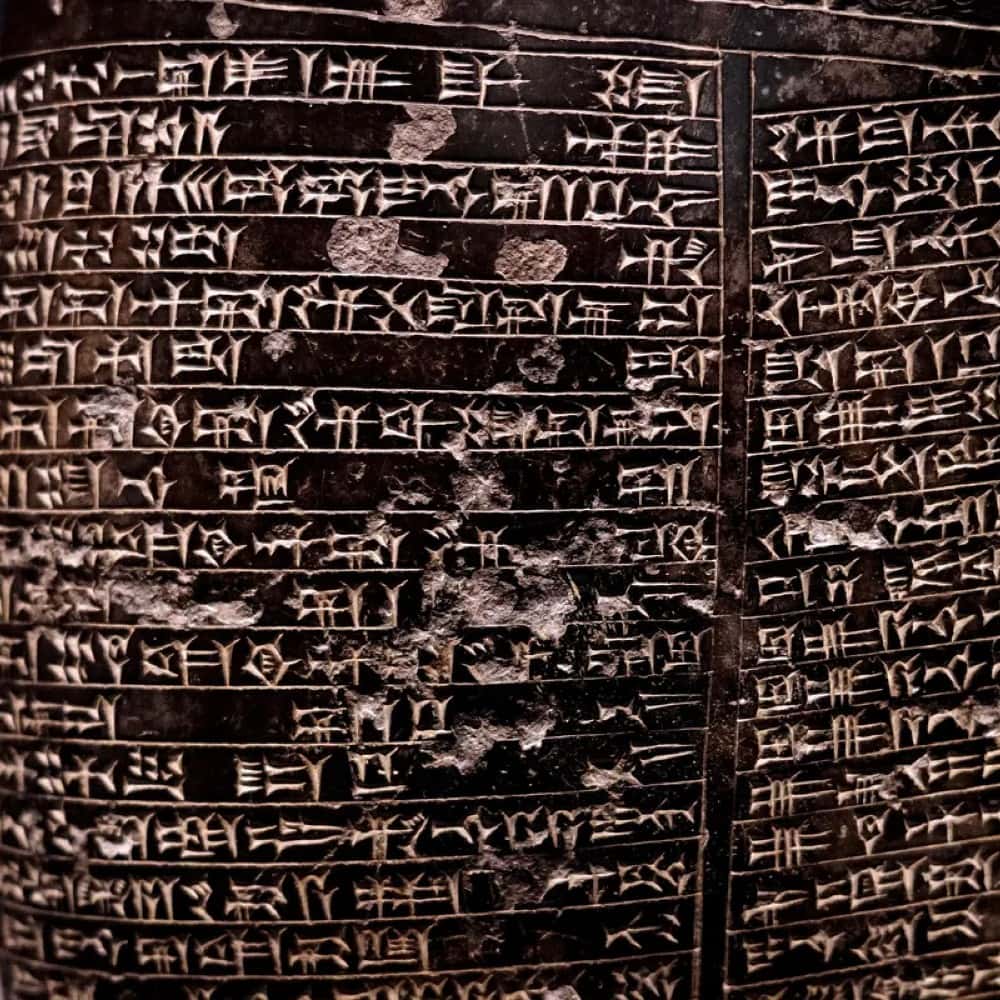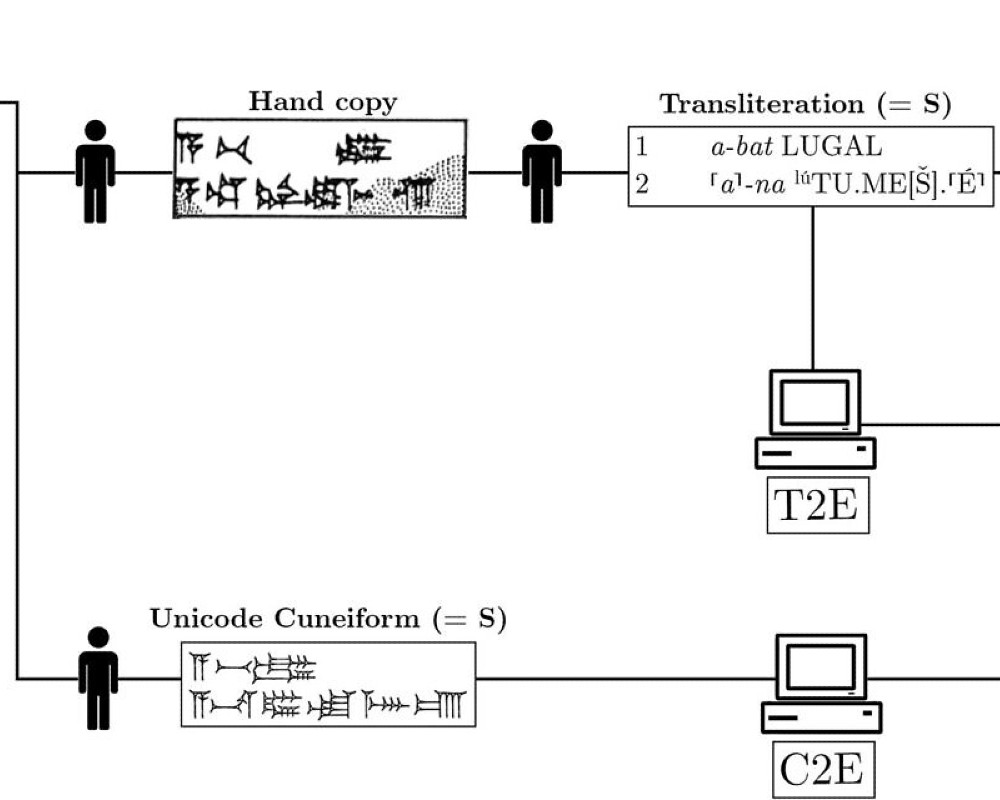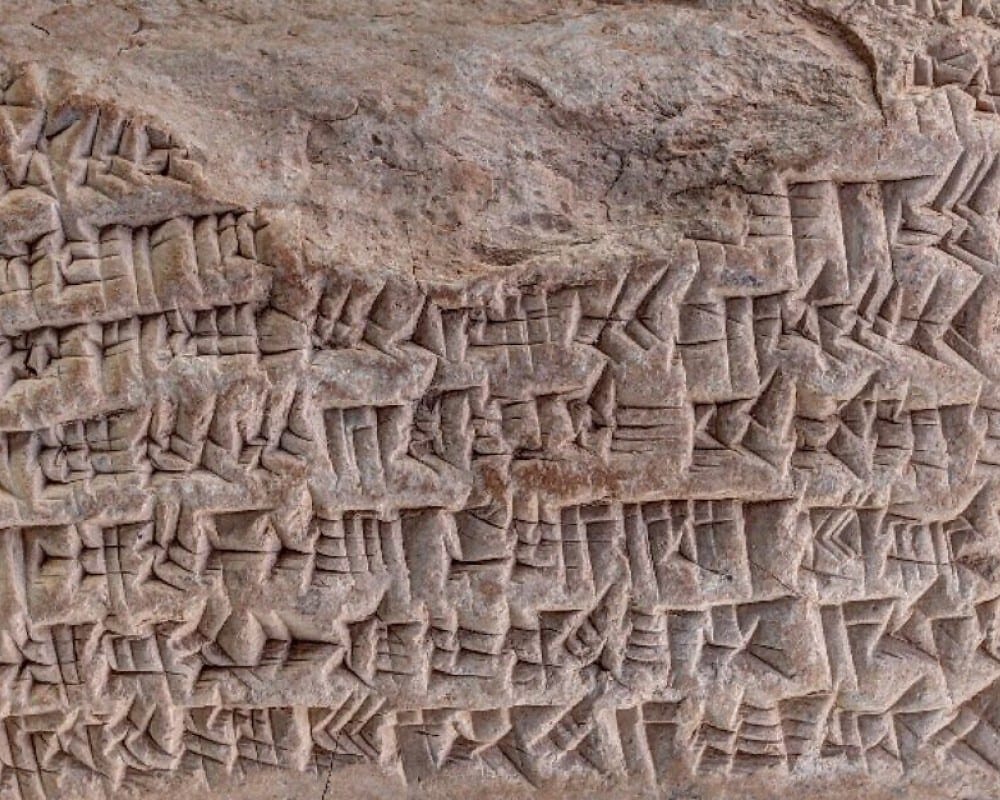
Cuneiform, the oldest known writing system, was developed by the Mesopotamians over 3,000 years ago. It involved carving symbols into clay tablets and was widely used in the ancient Middle East for millennia. Archaeologists and computer scientists have joined forces now to develop an AI program capable of translating these ancient texts.
The Challenge
Translating Cuneiform texts poses significant challenges due to limited expertise and fragmented documents. The scarcity of individuals proficient in deciphering the ancient Sumerian and Akkadian languages adds to the complexity. Additionally, understanding the cultural context is crucial, and the absence of such a possibility becomes a barrier to translation.
AI as a Language Bridge

Led by experts Shai Gordin and Gai Gutherz, a multidisciplinary team has developed a convolutional neural network approach for translating ancient Akkadian using AI technology. The groundbreaking program offers two translation versions. One directly from Unicode representations of the characters and the other from transliterated cuneiform in the Latin alphabet. According to the team. The latter version has achieved slightly better results, given the complexity of the glyphs and their multiple interpretations.
Promising Results and Future Prospects

While the AI program is not flawless and performs better with shorter sentences, it has demonstrated high accuracy, particularly with formal texts such as royal decrees. Notably, the program also has replicated the style of each cuneiform text, allowing for the recognition of the main content elements. With these results, the researchers now envision a “human-machine collaboration” where the AI program serves as an initial translation tool, saving time for scholars who can refine and enhance the translations further. The ability to translate ancient cuneiform texts using AI technology streamlines the process and holds the potential for exciting discoveries. By bridging the language gap, AI facilitates the exploration of ancient civilizations and opens new avenues for understanding our human past and the ways of our ancient ancestors.